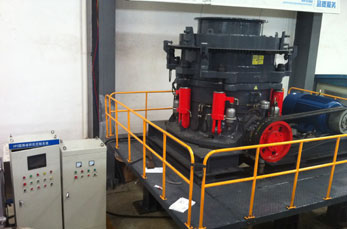Using quarry dust as a partial or full replacement for natural sand in concrete preparation has gained attention due to the increasing scarcity of river sand and environmental concerns. Here’s a detailed analysis of its feasibility, advantages, and limitations:
1. Can Quarry Dust Replace Sand in Concrete?
Yes, quarry dust (a by-product of stone crushing) can partially or fully replace natural sand in concrete, but it requires proper mix design and quality control.
2. Advantages of Using Quarry Dust
– Sustainable Alternative: Reduces dependency on river sand, conserving natural resources.
– Improved Strength: Higher fines content can enhance packing density, improving compressive strength (if optimized).
– Cost-Effective: Cheaper than river sand in many regions.
– Better Workability: When used in controlled proportions, it can improve cohesion.
– Reduced Environmental Impact: Utilizes waste material from quarries.
3. Challenges & Limitations
– Higher Fines Content: Excessive quarry dust (<75µm) can increase water demand and reduce workability.
– Shrinkage & Cracking Risk: Higher fines may lead to increased drying shrinkage if not properly controlled.
– Durability Concerns: May affect long-term durability (carbonation, permeability) if not optimized.
– Gradation Issues: Poor particle size distribution compared to well-graded river sand.
.jpg) 4. Recommended Replacement Levels
4. Recommended Replacement Levels
Studies suggest:
– Up to 40–50% replacement works well without major adjustments.
– 100% replacement is possible but requires:
– Adjusting water-cement ratio (may need superplasticizers).
– Ensuring proper grada n (blending with coarser aggregates if needed).
n (blending with coarser aggregates if needed).
– Testing for strength and durability.
5. Mix Design Adjustments
– Use a lower water-cement ratio or admixtures to compensate for higher fines.
– Ensure quarry dust meets grading requirements (IS 383 or ASTM C33).
– Consider adding micro-silica or fly ash to enhance durability.
6. Applications
Suitable for:
– Non-structural concrete (pavements, blocks).
– Low to medium-grade structural concrete (with proper testing).
– Plastering mortar (partial replacement).
7. Key Research Findings
Studies indicate:
– Up to 30–50% replacement yields comparable strength to conventional concrete.
– Beyond 50%, workability decreases unless admixtures are used.
– Proper curing is critical to




